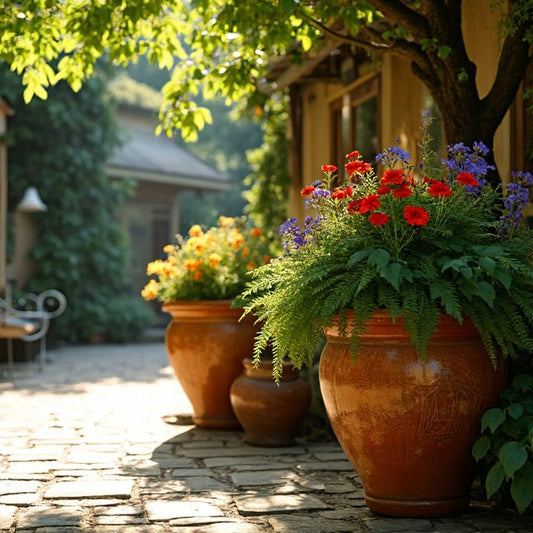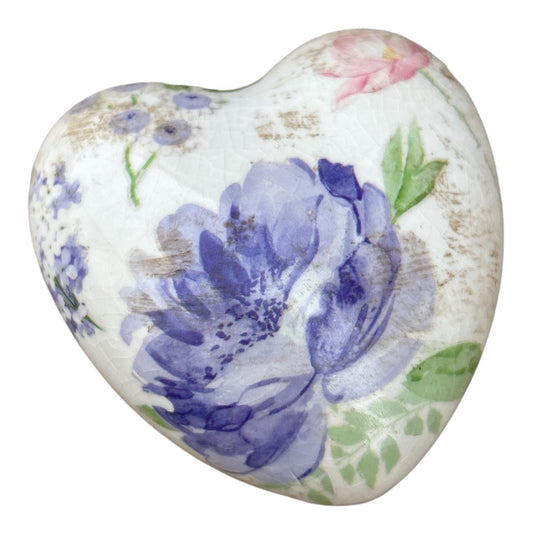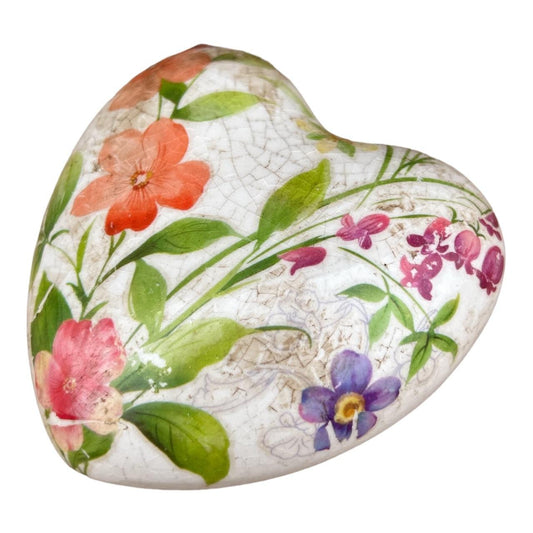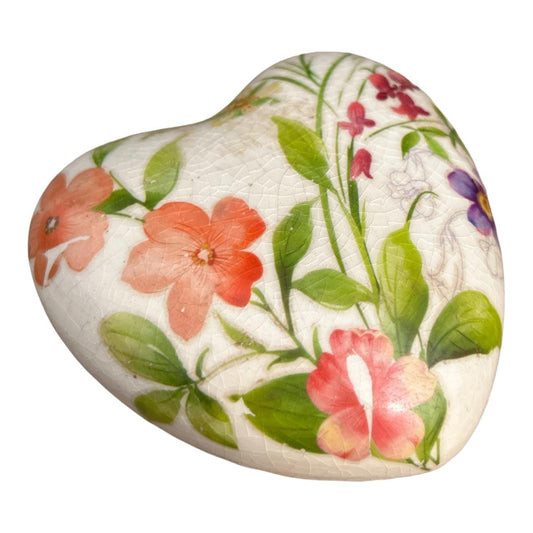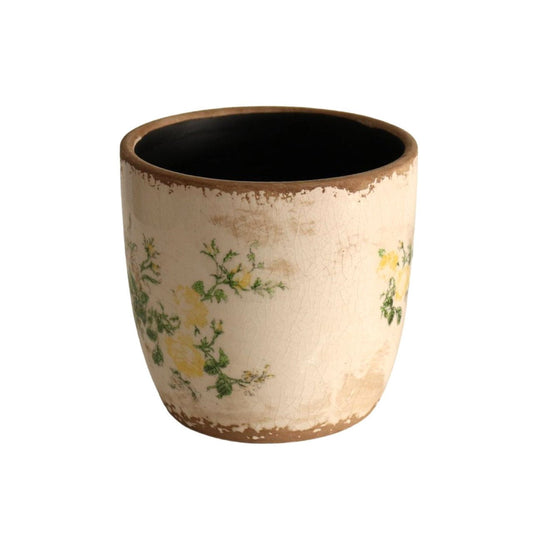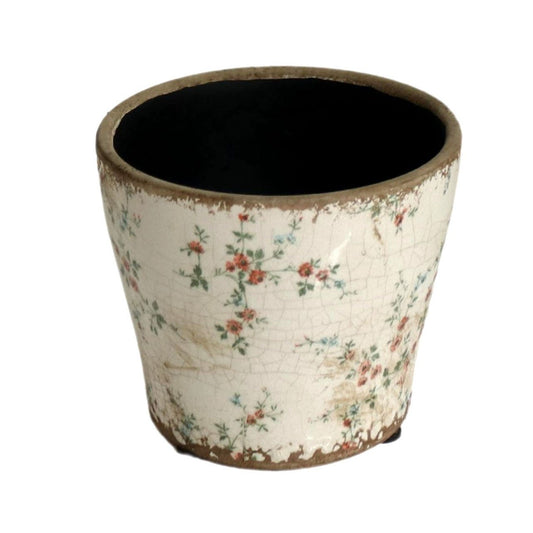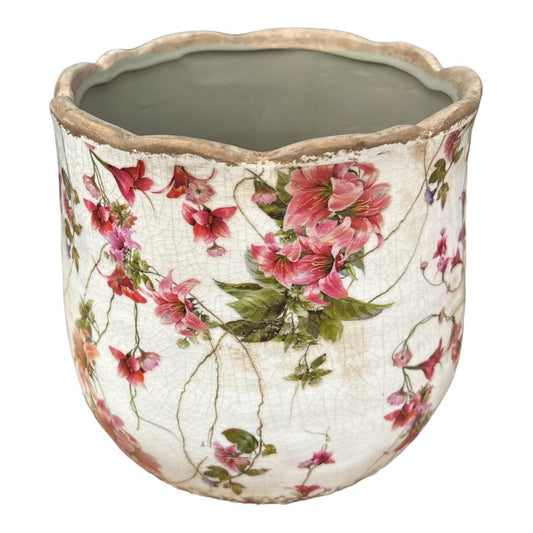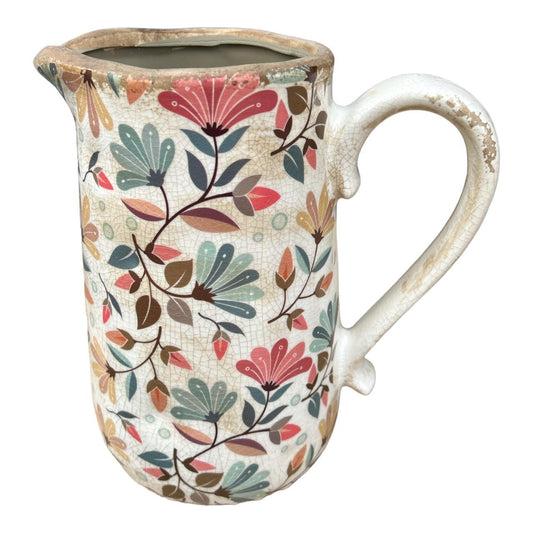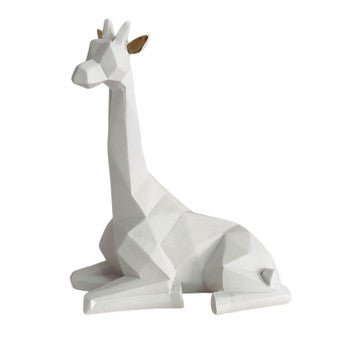
Refresh Your Home with Stylish Wall Clock Hands A Complete DIY Guide
When you think of updating your home’s wall décor, your mind probably goes to paintings, mirrors, or maybe some floating shelves — but what about your wall clock’s hands? If you’re like many South Africans, you’ve got a wall clock passed down from ouma, or maybe something trendy from a local shop. Either way, those little clock hands have a big impact on your home’s style. Today, we’re zooming in on clock hands for wall clocks — how they differ, how to install (or fix) them, and how you can totally refresh your space with the right choice.
Key Takeaways
- Clock hands come in a variety of styles: Roman, Arabic, or minimalist lines
- Available materials include wood, metal, and plastic — each with a unique vibe
- DIY clock hand replacement is doable with a few simple steps
- Customising colour and material is a great way to match your wall clock to your décor
- Proper alignment ensures clock hands don’t touch or get stuck
- Including a second hand? Just install it last on the movement shaft
Want to see how that Roman numeral brass finish would look on your walnut clock face? Try our interactive décor tool below.
Why Wall Clock Hands Matter in Décor
Our walls often reflect our personality, and a clock — while practical — offers a chance to insert old-school charm or modern simplicity into a room. Clock hands specifically shape the conversation: do you want bold Roman tips or sleek, silent lines that fade into the background?
"When we updated the clock hands on our vintage oak wall clock to brass Roman-style hands, it instantly became the centrepiece of our dining room." — Lerato from Cape Town
Types of Clock Hands Available
1. Roman Numeral Hands
These are elegant and timeless — perfect for traditional interiors or heritage-style homes found in Joburg’s older ‘burbs.
2. Arabic Numeral Hands
Great for visibility and slightly more casual. These suit family kitchens or large-scale wall clocks like those in open-plan lounges.
3. Minimalist Hands
No numbers, just clean lines — a top choice for apartment living or Scandi-style spaces in busy cities like Durban.
Materials & Customisation Options
From lightweight plastic to rustic wood and brushed aluminum, your clock hands’ material should mirror your décor needs. Wood adds warmth, while metal often feels modern.

You can also play with colour — most replacement kits come with reversible black/white hands, or you can grab a can of spray paint and customise to your heart's content.
"Don’t be afraid to DIY. I refreshed my old clock for R90, bought new hands and matching spray paint, and the compliments haven’t stopped!" — Siya, Pretoria East
How to Install or Replace Clock Hands
- Insert the movement shaft through the clock face and add the washer
- Secure using a hex nut (keep it snug, but don’t over-tighten)
- Attach hour hand first – align it carefully
- Add minute hand above it – ensure no overlap
- (If using) Add the second hand last
Clock Hand Troubleshooting Tips
If your hour hand is loose, gently press and twist it forward to seat it back properly. Also, ensure there’s enough vertical spacing, so the hands don’t touch during rotation. Interference can wear out the movement quickly.
Décor Comparison: Clock Hand Materials
| Material | Best For | Style Impact | Durability |
|---|---|---|---|
| Metal (Brass, Aluminium) | Modern interiors, Industrial spaces | Sleek, Sharply Defined | High |
| Wood | Rustic or Farmhouse style homes | Warm, Homely | Moderate |
| Plastic | Playrooms, Lightweight clocks | Functional, Customisable | Low–Moderate |
Ready to Elevate Your Wall Timepiece?
If this post got you thinking about upping your style game, don’t stop at the hands. Explore our full wall clock collection for pieces starting from under R300. Looking for something more detailed? We love the artisanal styling on this Rooster-themed wall clock. And for even more budget-savvy ideas, browse our blog on affordable style in Centurion.
Frequently Asked Questions
What types of clock hands are available for wall clocks?
Clock hands for wall clocks come in various styles, including Roman numeral, Arabic numeral, and minimalist designs. They are also available in different materials like metal, wood, or plastic, and can be customized for different aesthetic preferences.
How do I install clock hands on my wall clock?
To install clock hands, place the movement's threaded shaft through the clock face, add a washer, and secure it with a hex nut. Then, attach the hour and minute hands to the shaft, ensuring proper alignment.
My wall clock's hour hand is loose; how can I fix it?
To fix a loose hour hand, ensure it is properly seated on the shaft. For friction-fit hands, gently push and twist them toward the front. For other types, secure them with a nut if provided.
Can I replace the clock hands on my existing wall clock?
Yes, you can replace the clock hands on an existing wall clock. Ensure the new hands are compatible with the clock's movement and follow the installation instructions provided.
How do I prevent clock hands from touching each other?
To prevent clock hands from touching, ensure they are properly aligned and spaced. Adjust the hands so they don't overlap at any point during their rotation.
Do wall clocks with second hands require special installation?
Installing a wall clock with a second hand involves adding it last onto the movement shaft after the hour and minute hands. Ensure all hands are securely attached to prevent them from coming loose.
What materials are commonly used for clock hands?
Clock hands are commonly made from metal, such as brass or aluminum, but can also be crafted from wood or other materials for a unique look.
Can I customize the color of my clock hands?
Yes, you can customize the color of your clock hands. Many clock kits offer reversible hands in different colors, such as black or white, allowing you to choose the color that suits your clock's design.



